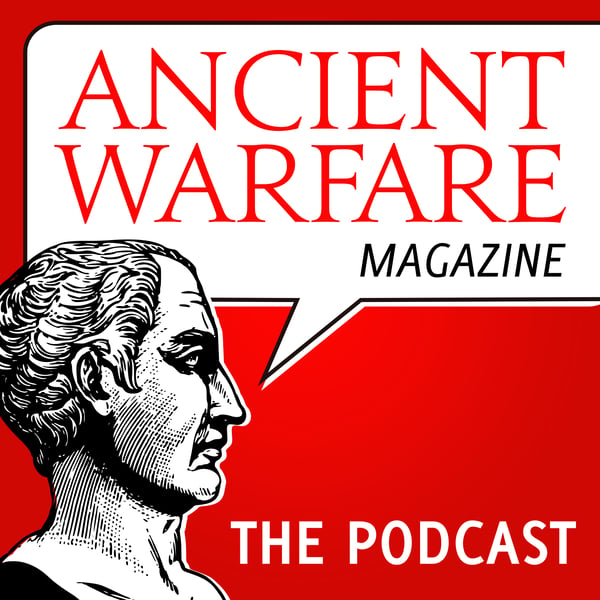AWA244 - Did the quality of Hellenistic cavalry decline?
Ancient Warfare Podcast
The History Network
4.4 • 631 Ratings
🗓️ 17 March 2023
⏱️ 9 minutes
🧾️ Download transcript
Summary
Murray gives this thought on this question sent in, 'is the supposed decline in the quality of Hellenistic cavalry true or is that exaggeration with Hellenistic cavalry remaining elite well into the conquest of said Hellenistic kingdoms by the Romans?'
Join us on Patron
patreon.com/ancientwarfarepodcast
Transcript
Click on a timestamp to play from that location
| 0:00.0 | Hi everyone, welcome to another episode of Ancient Warfare Answers with me, Murray. |
| 0:09.8 | I'm going to answer a question today about Hellenistic cavalry. |
| 0:13.5 | But before we do, of course, you can ask us a question too. |
| 0:17.3 | Send us an email, send us a letter, send us a postcard, send us a message, |
| 0:21.2 | comment on a previous video. We'll get that question. You can, of course, back us on |
| 0:26.6 | Patreon forward slash ancient warfare podcast and ask a question of your own to get your weekly |
| 0:32.6 | 10 minute ancient warfare fix, which is what you are about to get now. |
| 0:37.9 | So the question we are being asked today is, is the supposed decline in the quality |
| 0:43.4 | of Hellenistic cavalry true? |
| 0:45.1 | Or is that an exaggeration with Hellenistic cavalry remaining elite well into the conquest |
| 0:50.3 | of said Hellenistic kingdoms by the Romans? |
| 0:54.0 | The Hellenistic cavalry eliteness is something that we find in the armies of Alexander |
| 1:01.8 | the Great. |
| 1:02.7 | Obviously, he's a cavalry commander as opposed to an infantry commander. |
| 1:06.7 | And I think we've spoken before about the fact that he sets up the example and the parameters of Hellenistic kings being cavalry commanders like Alexander, leading charges from the front and things like that. |
| 1:19.1 | Now, I think we've also spoken about the fact that Alexander's cavalry victories are very specific setups. In brief, his cavalry advance to the right. That |
| 1:33.9 | manoeuvre is mimicked and matched by the enemy on their left. The phalanx stays in the |
| 1:40.3 | centre. At some point, that movement to the right by Alexander and the mirroring of it |
| 1:46.1 | by the enemy, the Persians mostly, creates a gap or a weakening in the left flank of their line. |
| 1:54.0 | Alexander then shifts and charges that weakening point and breaks through. So, and you can see |
| 2:00.4 | that at the Battle of the Granicus, if you follow Diodorus's account, |
| 2:04.1 | not if you follow Aryan or Plutarch's account. |
... |
Please login to see the full transcript.
Disclaimer: The podcast and artwork embedded on this page are from The History Network, and are the property of its owner and not affiliated with or endorsed by Tapesearch.
Generated transcripts are the property of The History Network and are distributed freely under the Fair Use doctrine. Transcripts generated by Tapesearch are not guaranteed to be accurate.
Copyright © Tapesearch 2025.

